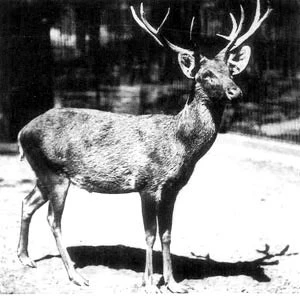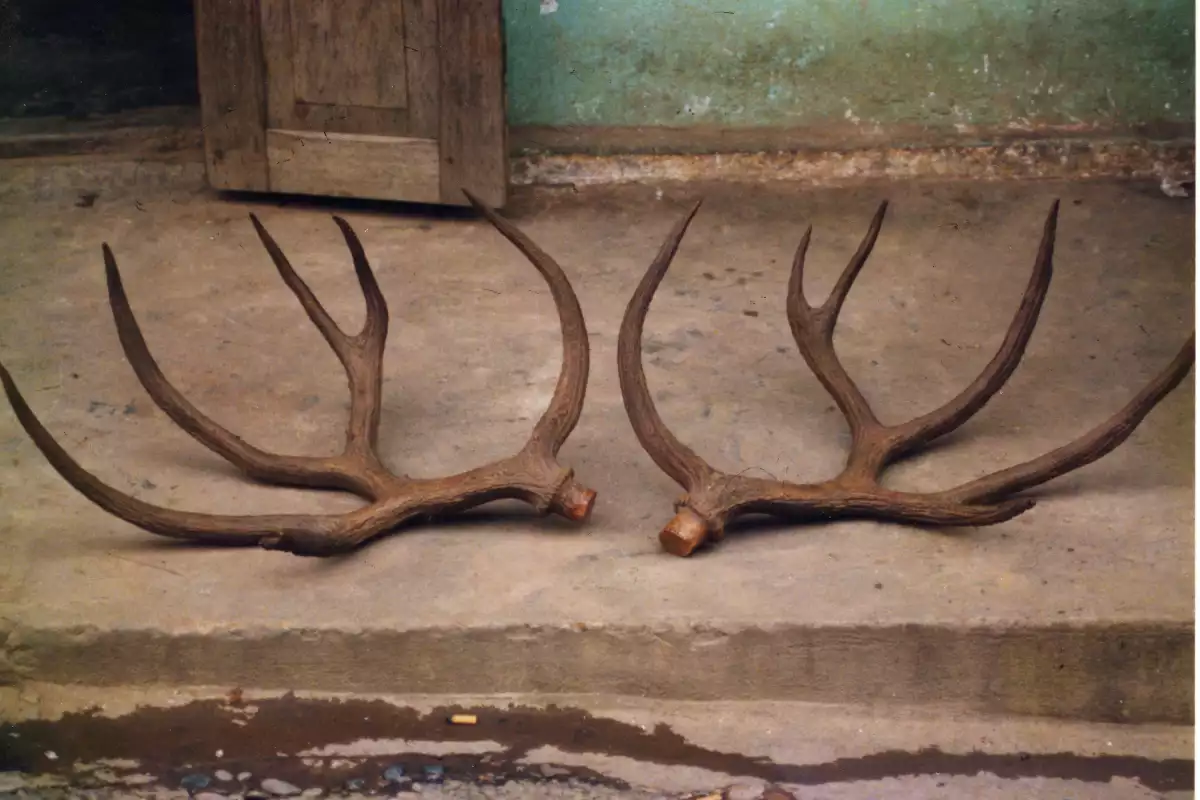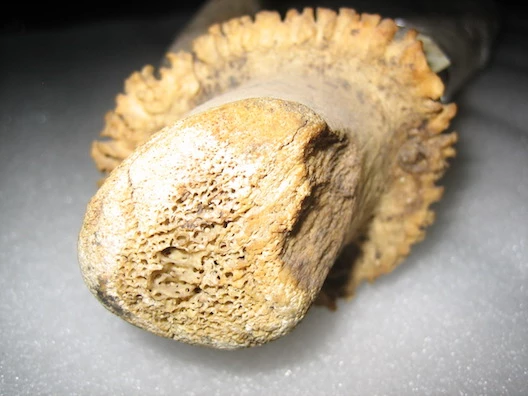The story of Schomburgk’s deer is a sad one – and the saddest part is how familiar it sounds. The species was once widespread in Thailand, but was hunted to extinction, with the last known individual dying in 1938. But now researchers have found evidence that the species may have lived for 50 years after that – and could still be alive today
Before their apparent extinction, Schomburgk’s deer were well documented. They were known to live in swampy plains in central Thailand, but were eventually wiped out by overhunting and a loss of habitat due to farming. There were none left in the wild by 1932, and the last known member of the species died in captivity in 1938.

But that may not be the end of the story. In the early 1990s, a truck driver in the neighboring country of Laos stumbled onto an impressive pair of antlers. They wound up in a Chinese medicine shop in the province of Phongsali, where Laurent Chazée, an agronomist from the United Nations, found them. Chazée suspected that they belonged to a Schomburgk’s deer.
And now, a new study has backed up the claim. Researchers from Northwestern University have examined photographs Chazée took of the antlers and found that not only do they most likely belong to the rare deer species, but they were fresh at the time the photos were taken in 1991, more than 50 years after the deer was declared extinct.
The structure of the antlers is a dead giveaway (pardon the pun). Schomburgk’s deer have antlers that spread wide and form a kind of basket shape, with a branching structure unique to other Asian deer species. From the clear photo, the Northwestern team agreed with Chazée’s original assessment: they belonged to the long-lost deer.
But antlers alone don’t necessarily mean the animal is still alive – they may have been lying around for the better part of a century. However, the photos revealed several clues that the antlers weren’t very old. The exposed bone marrow still looked fresh, and the blood around them hadn’t fully dried yet.
“The relative antiquity of the antler specimens can be assessed by the materials, such as dried marrow, still adhering to them,” says Gary Galbreath, an author on the study. “Even the blood was still reddish; it would become black with increased age. In the tropics, the antlers would not continue to look this way even within a matter of months.”
That suggests that Schomburgk’s deer were still alive in the early 1990s, long after they were presumed extinct. A small population may have been living in a remote part of Laos, and there’s even a chance that they still are today.
If Schomburgk’s deer is found to still be alive, it will join an exclusive club of animals recently declared un-extinct. That includes Wallace’s giant bee, the Lord Howe Island stick insect, the Crest-tailed Mulgara, and a treasure trove of creatures rediscovered in the Lost City of the Monkey God. And if rumors are to be believed, there’s even a chance that Australia’s legendary Tasmanian Tiger (or thylacine) is still roaming the continent.
The research was published in the Journal of the Bombay Natural History Society.
Source: Northwestern University






